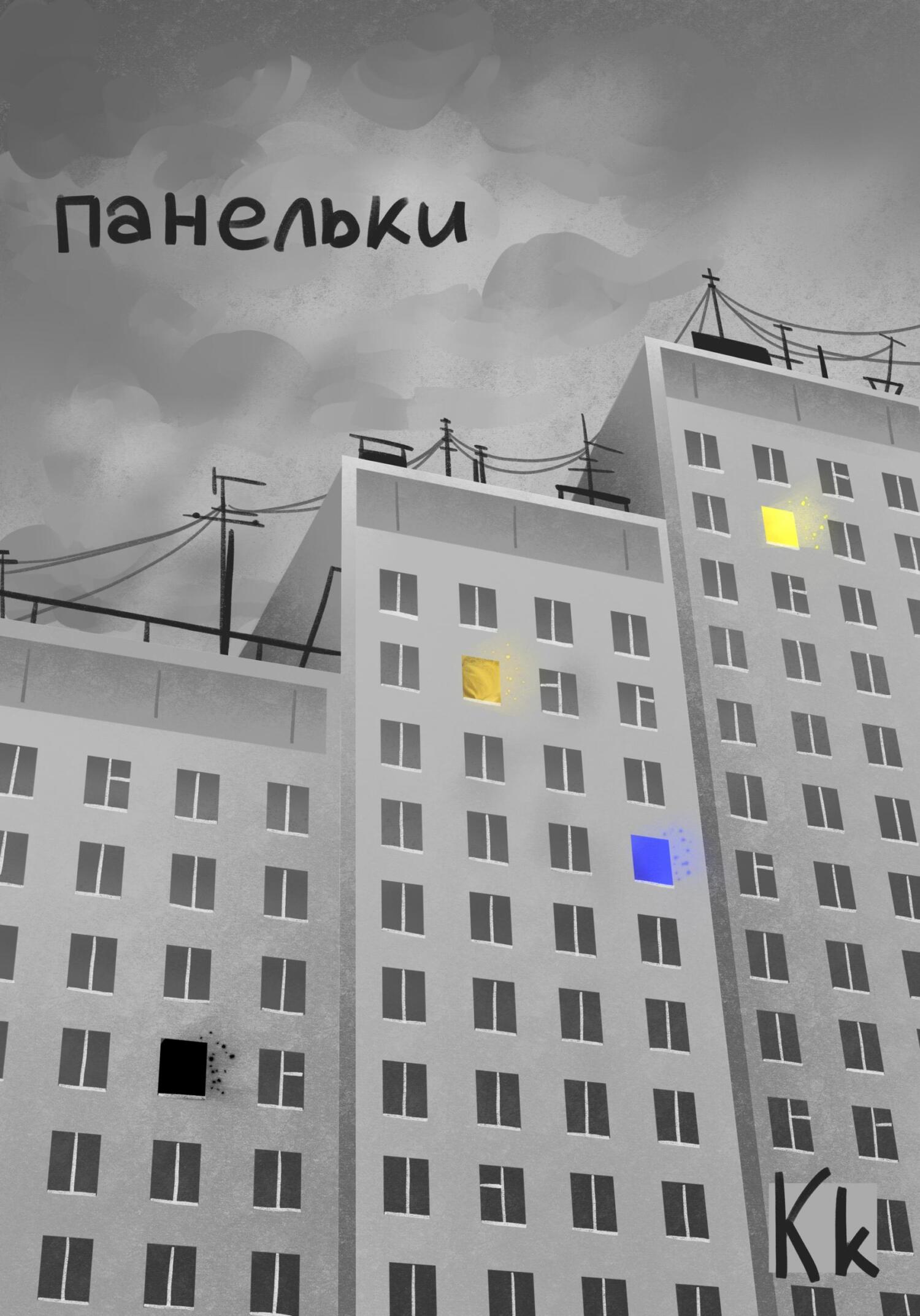261
S. Anderson and N. Kraus, “Auditory Training: Evidence for Neural Plasticity in Older Adults,” Perspectives on Hearing and Hearing Disorders: Research and Research Diagnostics 17 (2013): 37–57; D. M. Levi, D. C. Knill, and D. Bavelier, “Stereopsis and Amblyopia: A Mini-Review,” Vision Research 28 (2015): 377–401.
262
A. Romoff, Listening Closely: A Journey to Bilateral Hearing (Watertown, MA: Imagine Publishing, 2011), 164.
263
Barry, Fixing My Gaze; Goldberg, Creativity; Bavelier et al., “Removing Brakes on Adult Brain Plasticity”; Gilbert and Li, “Adult Visual Cortical Plasticity”; Goldberg, The Wisdom Paradox; Pascual-Leone et al., “The Plastic Human Brain Cortex”; Kandel, In Search of Memory; Merzenich, Van Vleet, and Nahum, “Brain Plasticity-Based Therapeutics”; Gu, “Neuromodulatory Transmitter Systems in the Cortex”; Romoff, Listening Closely; P. R. Roelfsema, A. van Ooyen, and T. Watanabe, “Perceptual Learning Rules Based on Reinforcers and Attention,” Trends in Cognitive Sciences 14 (2010): 64–71; S. Bao et al., “Progressive Degradation and Subsequent Refinement of Acoustic Representations in the Adult Auditory Cortex,” Journal of Neuroscience 26 (2003): 10765–10775; A. S. Keuroghlian and E. I. Knudsen, “Adaptive Auditory Plasticity in Developing and Adult Animals,” Progress in Neurobiology 82 (2007): 109–121.
264
Gregory and Wallace, Recovery from Early Blindness.
265
Biderman, Wired for Sound, 26–27.
266
Barry, Fixing My Gaze.
267
Boswell, The Life of Samuel Johnson.
268
Gibson and Pick, An Ecological Approach to Perceptual Learning and Development.
269
Bao et al., “Progressive Degradation and Subsequent Refinement of Acoustic Representations”; Keuroghlian and Knudsen, “Adaptive Auditory Plasticity in Developing and Adult Animals.”
270
Chorost, Rebuilt, 126.
271
Romoff, Listening Closely; A. Romoff, Hear Again: Back to Life with a Cochlear Implant (New York: League for the Hard of Hearing, 1999).
272
Romoff, Hear Again, 159; Chorost, Rebuilt, 88.
273
Barry, Fixing My Gaze; Goldberg, Creativity; Bavelier et al., “Removing Brakes on Adult Brain Plasticity”; Gilbert and Li, “Adult Visual Cortical Plasticity”; Goldberg, The Wisdom Paradox; Pascual-Leone et al., “The Plastic Human Brain Cortex”; Kandel, In Search of Memory; Merzenich, Van Vleet, and Nahum, “Brain Plasticity-Based Therapeutics”; Gu, “Neuromodulatory Transmitter Systems in the Cortex”; Roelfsema, van Ooyen, and Watanabe, “Perceptual Learning Rules Based on Reinforcers and Attention”; E. R. Kandel, “Increased Attention to Spatial Context Increases Both Place Field Stability and Spatial Memory,” Neuron 42 (2004): 283–295.
274
R. Latta, “Notes on a Case of Successful Operation for Congenital Cataract in an Adult,” British Journal of Psychology 1 (1904): 135–150.
275
R. V. Hine, Second Sight (Berkeley: University of California Press, 1993), 82.
276
Bavelier et al., “Removing Brakes on Adult Brain Plasticity”; Gilbert and Li, “Adult Visual Cortical Plasticity”; Goldberg, The Wisdom Paradox; Pascual-Leone et al., “The Plastic Human Brain Cortex”; Kandel, In Search of Memory.
277
R. Kurson, Crashing Through: A True Story of Risk, Adventure, and the Man Who Dared to See (New York: Random House, 2007).
278
E. Huber et al., “A Lack of Experience-Dependent Plasticity After More Than a Decade of Recovered Sight,” Psychological Science 26 (2015): 393–401.
279
Betty Edwards, Drawing on the Right Side of the Brain: The Definitive, 4th Edition (New York: Tarcher Perigree, 2012).
280
R. Feynman, “Surely You’re Joking, Mr. Feynman!” (New York: W. W. Norton and Company, Inc., 1985).
281
E. J. Gibson and A. D. Pick, An Ecological Approach to Perceptual Learning and Development, 201.





